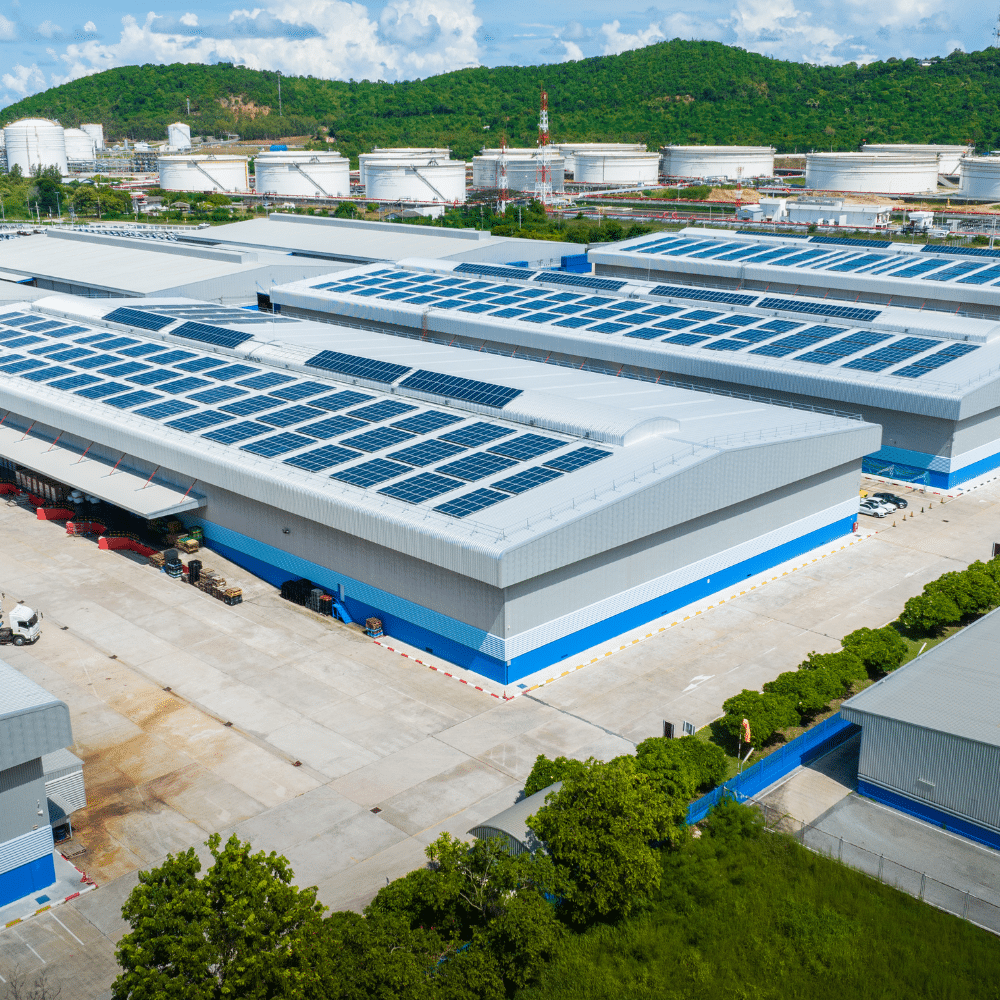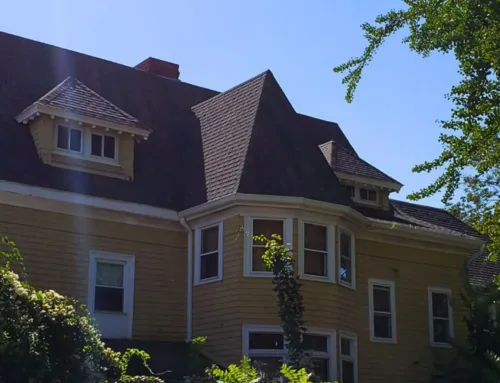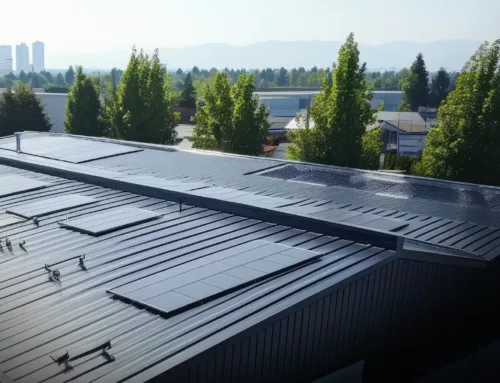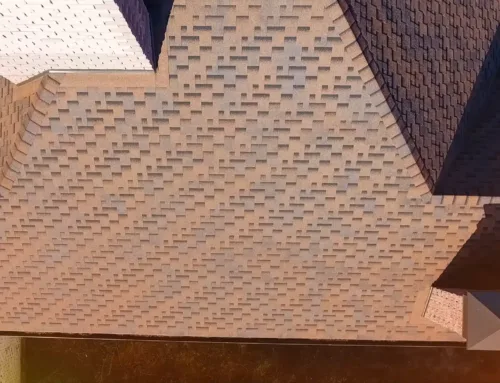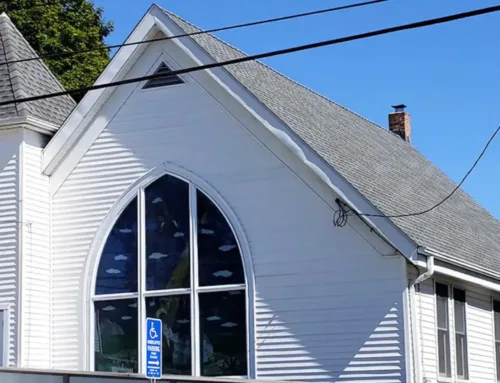When it comes to maintaining or constructing a commercial building, one of the most important decisions you’ll face is selecting the right roofing system. The choice between flat, sloped, and hybrid roofing can significantly impact the building’s performance, longevity, and overall appearance. Here’s a comprehensive guide to help you choose the best option for your commercial property, along with insights on finding reliable roofing contractors near me.
Flat Roofing Systems
Flat roofs are characterized by their minimal slope and are often used in commercial settings such as warehouses, retail stores, and office buildings.
Pros:
- Cost-Effective Installation: Flat roofs typically require fewer materials and less labor, leading to lower installation costs. This can be particularly advantageous for businesses looking to manage expenses.
- Usable Rooftop Space: The flat surface allows for installations like HVAC systems, solar panels, and rooftop gardens, maximizing the functional area of the building.
- Easier Maintenance: With easy access for inspections and repairs, flat roofs are generally simpler to maintain, reducing long-term upkeep costs.
Cons:
- Water Pooling Risks: Flat roofs are more prone to water pooling if not designed with effective drainage systems. This can lead to leaks and structural damage over time.
- Shorter Lifespan:< Depending on the materials used, flat roofs may have a shorter lifespan compared to sloped roofs, requiring more frequent repairs or replacements.
Sloped Roofing Systems
Sloped roofs have a noticeable pitch, making them a common choice for various commercial buildings, from offices to retail outlets.
Pros:
- Effective Water Drainage: The slope facilitates quick runoff, significantly reducing the risk of leaks and water damage.
- Longer Lifespan: Sloped roofs often benefit from improved ventilation and drainage, contributing to a longer lifespan and lower maintenance costs.
- Aesthetic Appeal: Many find sloped roofs more visually appealing, offering a traditional look that enhances the overall architecture of the building.
Cons:
- Higher Installation Costs: Sloped roofs typically involve more materials and labor, resulting in higher upfront costs.
Maintenance Challenges: Accessing and maintaining sloped roofs can be more complicated, especially for taller structures.
Hybrid Roofing Systems
Hybrid roofing systems combine elements of both flat and sloped designs, providing flexibility for unique architectural needs.
Pros:
- Versatile Design Options: Hybrid roofs can accommodate various architectural styles and functional requirements, allowing for innovative solutions tailored to specific needs.
- Optimized Water Management: By incorporating both flat and sloped sections, hybrid systems can enhance drainage while still providing usable rooftop areas.
- Usable Rooftop Space: Similar to flat roofs, hybrid designs can offer functional rooftop spaces for installations like solar panels or gardens.
Cons:
- Complex Installation: The design and installation of hybrid roofing systems can be more intricate, potentially increasing overall costs.
- Maintenance Requirements: Managing both flat and sloped areas may require additional attention to ensure that all sections remain in good condition.
Conclusion
Selecting the best commercial roofing system—whether flat, sloped, or hybrid—requires careful consideration of various factors, including building design, budget, and intended use. Consulting with experienced professionals can help you navigate this complex decision.
If you’re looking for reliable roofing contractors near me, consider reaching out to JS and R Roofing. Our team of experts is dedicated to helping you choose the right roofing solution that balances durability, functionality, and cost-effectiveness. Contact us today to discuss your options and ensure your commercial roof meets all your needs for years to come!

